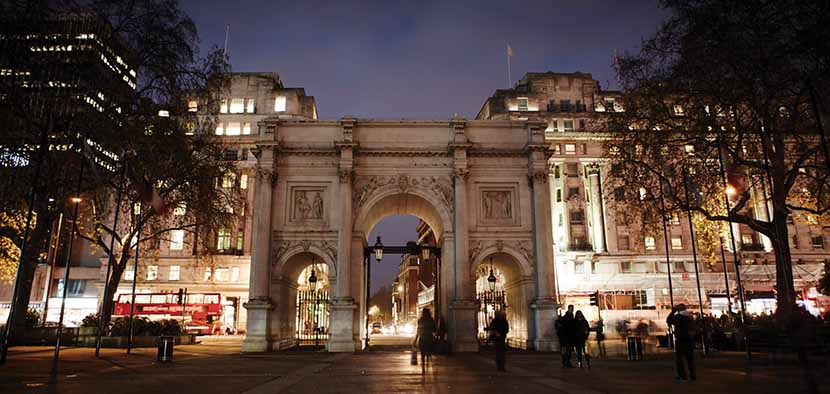
The parks decorate the cities and are a good place to walk, observe the rhythm of the place and rest during our tourist tours. On London there are several, but one of the most famous is undoubtedly Hyde Park.
Hyde Park It is a real park with history and a lot of action, so if you visit London this summer you can enjoy it, although, as we always say, it is convenient to know some history to be able to appreciate everything correctly. So, today, with you, Hyde Park, London's green star.
Hyde Park, its history
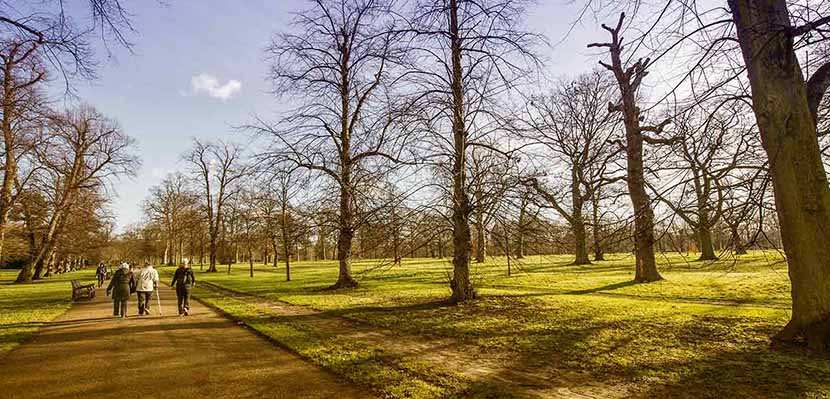
There was a time when England was Catholic, but under the reign of Henry VIII that changed forever. This king broke relations with the Pope, left his sphere of power and in the process was left with all the ecclesiastical properties: abbeys, mansions, plantations and others.
Thus, in 1536 within the framework of this confiscation program the crown he kept Hyde's mansion and its lands which, since the Norman invasion, were in the hands of the Benedictine monks. The lands had deer and were for a time a hunting ground, but with the passage of time it began to be more open until in 1637 it was opened as a popular use park.
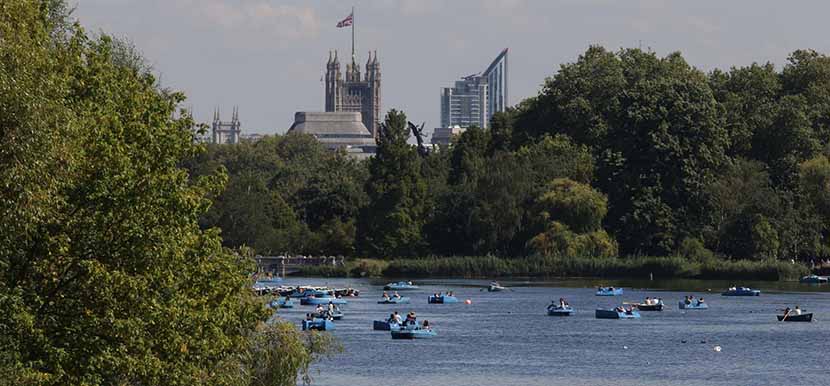
Under the reign of George II, the first design was made on the park.e, for Queen Consort Caroline of Brandenburg- nsbach. The works ended in 1733 but they were not the only ones because later, towards the end of the XNUMXth century, the serpentine lakes were built and it was in the XNUMXth century that other works began to appear with the growth of London and the British Empire.
Then the Grand Entrance was built with its Ionic columns and carriage arch, 33 meters in front, with bronze and iron gates designed like honeysuckle in a beautiful way. Thus it was gaining popularity among the citizens of the English capital and since then it has never ceased to shine.
What to visit in Hyde Park
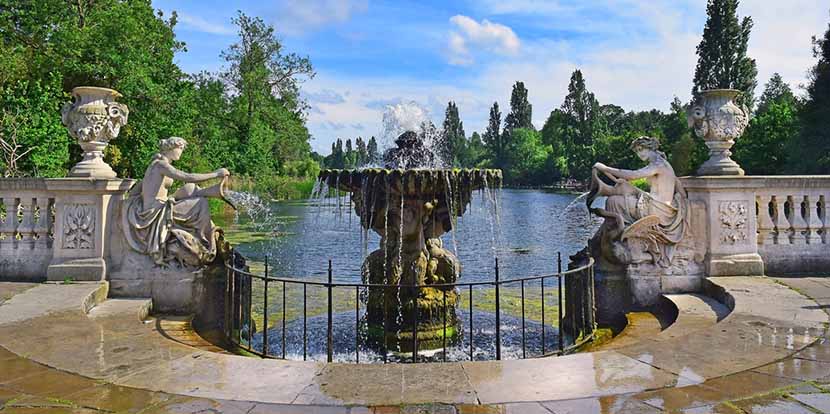
In this park is the Diana of Wales memorial, a modern design fountain that simulates a stream rather than a fountain, and which was inaugurated by Queen Elizabeth II in 2004. It was designed by the American architect Kathryn Gustafson and is a circular design with 545 pieces of granite with water flowing from two sides at the top that falls into a small lower pond.
You can also see the serpentine lake, an artificial lake that is at the southern end of the park and reaches Kensington Gardens although there it is called Long Water. It was built on the orders of Queen Carolina, wife as we said of George II, in 1730 and today it is very popular for swimming and boating.
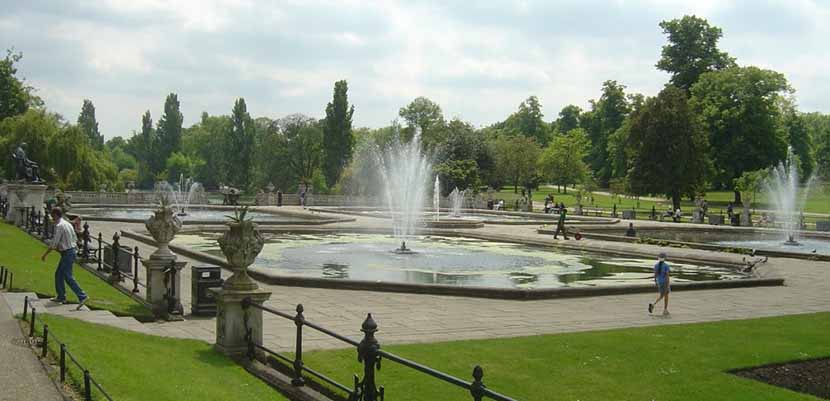
Another well-known site is the Speaker's Corner. The popularity of this corner dates back a couple of centuries and is a popular place to meet. People discussing politics would gather here and the police were always pulling them out, so finally a place was created so that people could speak freely. So every Sunday people stand on a box and can freely comment on political, religious or whatever. The thing about the box is because, it is said, there should be no criticism stepping on English soil.
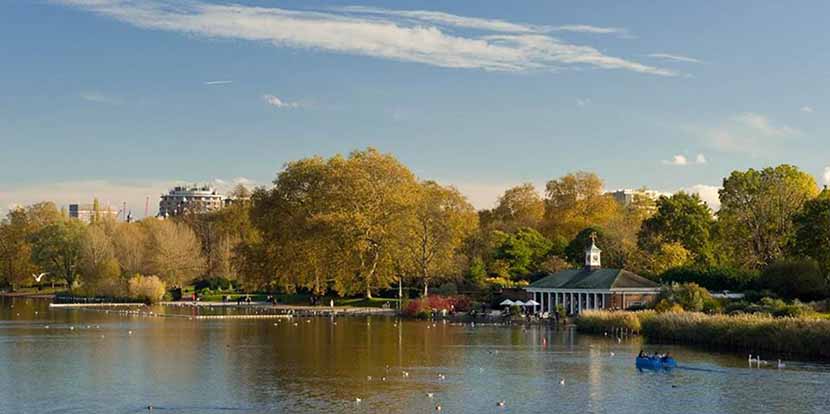
Rotten row It is to the south of the park and is a fairly long, simple dirt trail, six kilometers long, which is used today for running and horseback riding, but which in the XNUMXth century was a path used by King William III. It seems that the king was not safe to walk from Kensington Palace to Saint James Palace so he installed oil lamps along the path creating the first road lighting in the country. In the end this route du roi happened to be Rotten Row.
El Marble Arch It is close to Speaker's Corner. It was originally built in 1827 as one of the exits of Buckingham Palace but was moved to its present location in 1851. It was designed by the well-known John Nash taking inspiration from the Arch of Constantine in Rome. Another popular construction is the Achilles statue, the largest in Hyde Park, placed there in 1822 in honor of the Duke of Wellington for his victory over Napoleon at Waterloo.
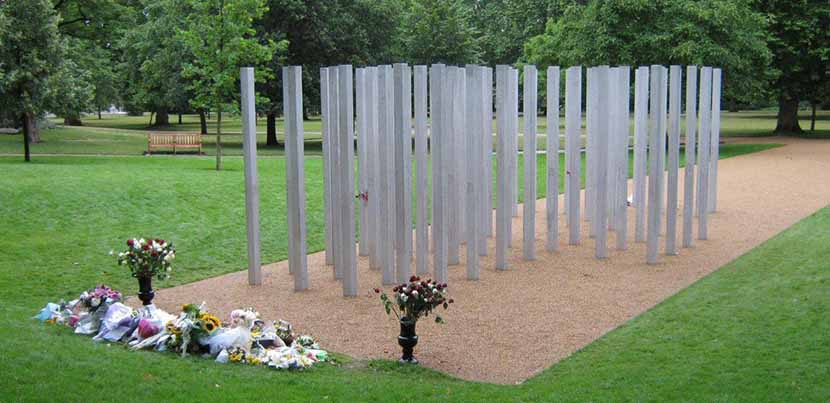
In fact, the bronze of the statue is derived from the French cannons captured in different battles and is inspired by the design of the statues of Castor and Pollux in the Piazza del Quirinale in Rome. Today it is a somewhat curious statue because it bears a sheet that covers the genitals and that was placed by the English puritanism who was shocked when they saw the nude. More statues in the park? So you can go and meet the 7/7 memorial which is more recent as it recalls the victims of the 2005 terrorist attack, with 55 steel columns.
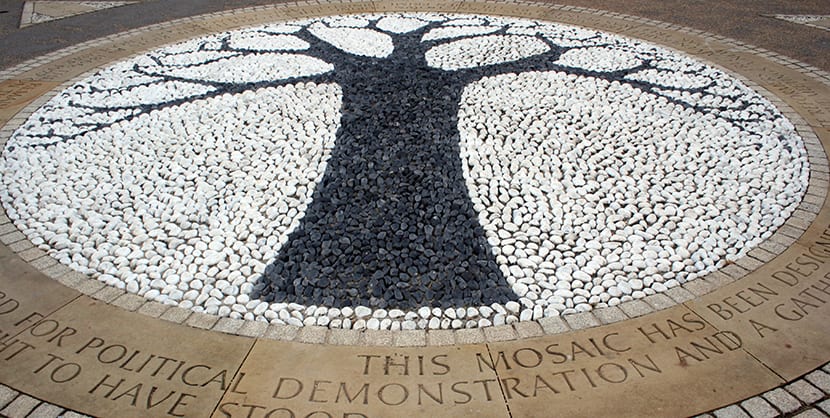
There is also the Reformers Tree, a 2001 black and white mosaic marking the site of an oak tree that burned down in the 1866 protests. Another memorial remembers William Henry Hudson, writer and naturalist, another to Saint George and his dragon and there is even a statue of Isis, three meters high, located near the lake. And more recently a rose garden was built that is unique in the park because it is a rather green place, with little color.
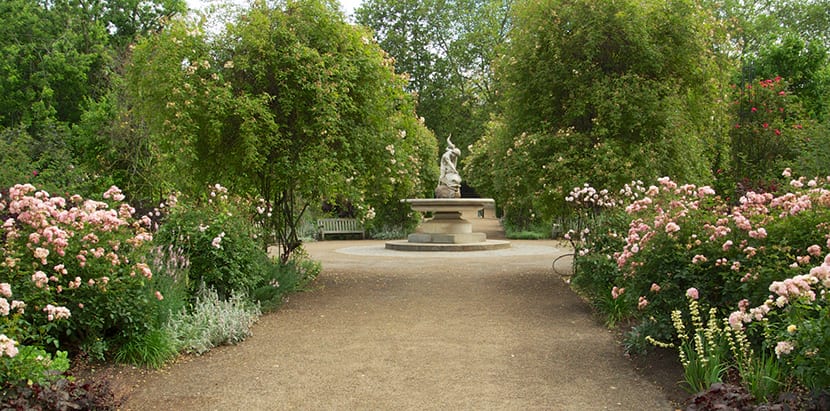
El Rose Garden It is located in the southeast corner of the park and there is a pergola and two fountains, the Artemis Fountain 1822 and the Statue of the Child and the Dolphin from 1862. And finally, if you like fountains there is still one more in the park, the Joy of Life font decorated with bronze statues, round and wide, with four statues of children. It was created in 1963 by Thomas Husxley - Jones.
Practical information about Hyde Park
- Location: Central London, Westminster.
- Size: 138 hectares
- Hours: open from 5 am to 12 at night.
- How to get there: by bus taking lines 2, 6, 7,8, 9, 10, 14, 15, 16, 19, 22, 30, 36, 38, 52, 73, 74, 82, 137, 148, 274, 390, 414 and 436. By tube on the Piccadilly line getting off at Hyde Park Corner and Knightsbridge or on the Central line getting off at Marble Arch and Queensway.
- Size: 138 hectares.
